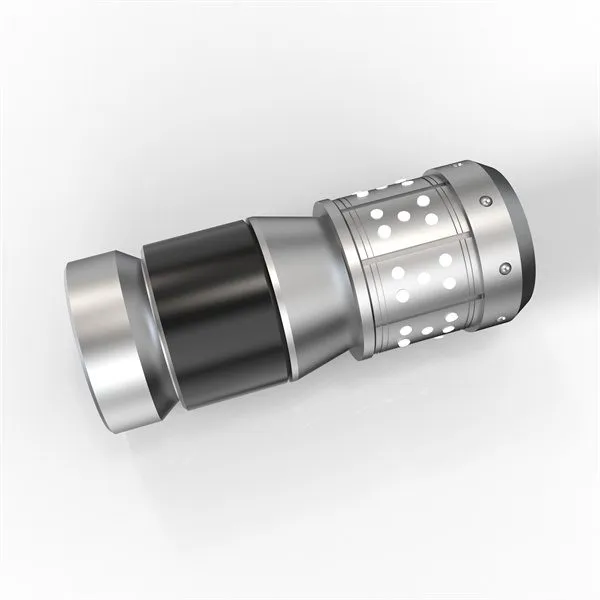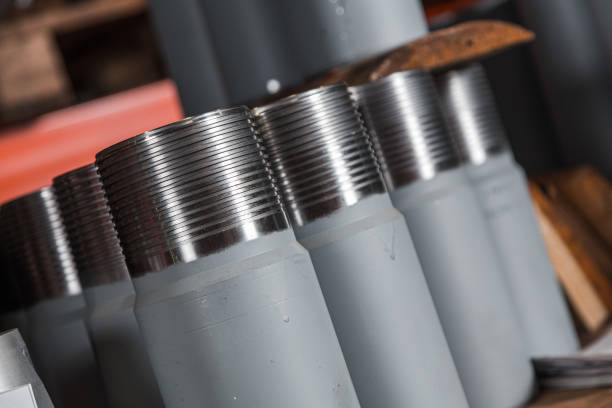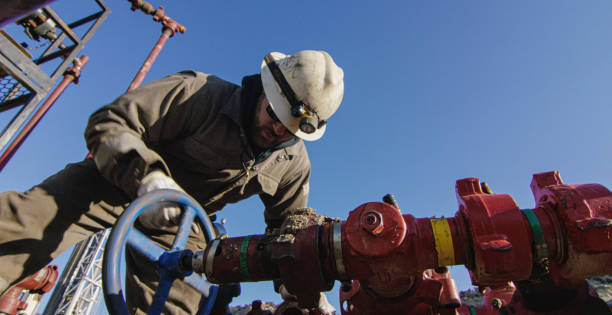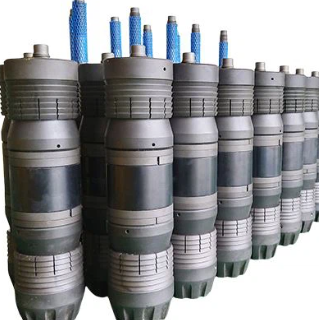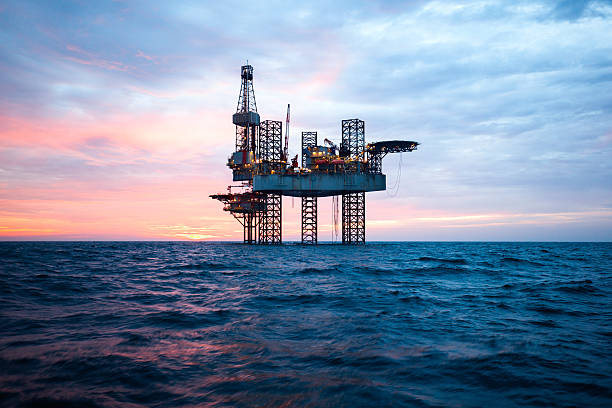English
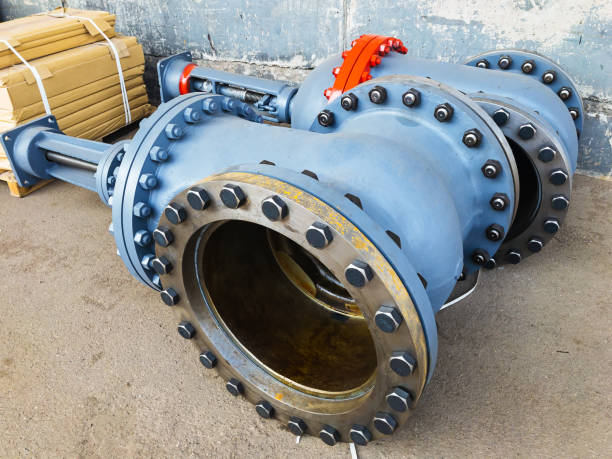
Hydraulic Gate Vavle

The High-Power Solution for Critical Flow Control
In the demanding world of industrial fluid handling, where massive flow rates, high pressures, and absolute reliability are non-negotiable, the Hydraulic Gate Valve stands as a cornerstone of robust flow isolation. Unlike their manually operated or even electrically actuated counterparts, hydraulic gate valves bring immense force and precise control to the vital task of starting, stopping, and regulating the flow of liquids and gases in the most challenging applications. This article delves into why hydraulic operation makes gate valves the preferred choice for critical infrastructure and heavy industry Hydraulic Gate Vavle.
The Gate Valve Advantage
At its heart, a gate valve functions by raising or lowering a solid, rectangular or wedge-shaped “gate” (the disc) perpendicularly across the flow path within the valve body. When fully raised (open), the gate retracts entirely into the bonnet, offering a clear, straight-through flow passage with minimal pressure drop – a key characteristic distinguishing it from globe valves. When fully lowered (closed), the gate seats tightly against two parallel or angled seats, creating a positive, leak-tight seal ideal for complete shut-off.
Why Hydraulic Actuation?
While gate valves can be operated manually, gear-driven, or electrically, hydraulic actuation provides unique and often essential benefits:
- Immense Closing/Opening Force: Hydraulic systems generate tremendous linear force. This is crucial for:
Large Diameter Valves: Moving the heavy gate in valves spanning several feet requires significant power, easily delivered by hydraulic cylinders.
High-Pressure Systems: Overcoming system pressure trying to force the valve open when closing, or pushing it closed when opening.
Sticky or Seized Valves: Breaking loose gates that may have adhered to seats due to scale, deposits, or prolonged inactivity.
Differential Pressure: Operating reliably against high pressure drops across the valve. - Precise Positioning & Control: Hydraulic systems allow for fine control over the speed and position of the gate. Operators can:
Control Stroke Speed: Prevent water hammer by slowly opening/closing massive valves in pipeline applications.
Throttle Flow (Limited): While not primarily designed for throttling (which can cause vibration and seat/disc erosion), hydraulic control allows for precise partial opening if absolutely necessary for specific procedures, far more controllably than manual operation for large valves.
Hold Intermediate Positions: Maintain the gate securely at any point in its stroke. - High Speed Operation: Hydraulic actuators can move valves significantly faster than large manual or geared operators, enabling quicker emergency shutdowns (ESD) or process adjustments.
- Robustness & Reliability in Harsh Environments: Hydraulic power units (HPUs) can be located remotely, away from hazardous areas (extreme heat, cold, corrosive atmospheres, explosive zones – with appropriate ratings). The hydraulic lines feeding the cylinder actuator are inherently robust against environmental challenges. Hydraulic systems are also generally less susceptible to damage from vibration than complex electric motor assemblies.
- Fail-Safe Operation: Critical safety feature! Hydraulic systems can be designed with accumulators or spring-return mechanisms. Upon loss of hydraulic pressure or a safety signal, the valve automatically moves to a predefined safe position (usually Fail-Closed or Fail-Open). This is vital for emergency isolation in pipelines, power plants, and process industries.
Built for Power and Duty
Valve Body: Typically cast or forged steel (ASTM A216 WCB, A352 LCB, A351 CF8/CF8M etc.) for high pressure/temperature service. Configurations include flanged (ASME B16.5/B16.47), butt-weld (ASME B16.25), or wafer-style.
Gate & Seat Design:
Solid Wedge: Most common, simple, strong. Good for most fluids, including turbulent flow. Can bind with thermal cycling.
Flexible Wedge: A cut across the gate allows slight flexing, improving sealing and compensating for seat misalignment or thermal changes. Widely used.
Split Wedge (Parallel Disc): Two discs forced apart against parallel seats by a spreader. Excellent sealing at lower pressures, less prone to thermal binding. Common in steam, gas applications.
Seats: Often hard-faced (Stellite, 13% Cr steel) or integral to the body for erosion/corrosion resistance. Resilient seats are less common in large hydraulic gate valves.
Stem: Rising stem (external threads, visible position indicator) or non-rising stem (threads inside, compact bonnet). High-strength alloy steel, often coated or treated for corrosion resistance.
Bonnet: Bolted, pressure seal, or welded. Houses the stem packing (graphite, PTFE) and connects to the hydraulic cylinder.
Hydraulic Actuator: A double-acting or spring-return hydraulic cylinder directly coupled to the valve stem via a yoke. Key components:
Cylinder: Robust construction for high pressure.
Piston: Transfers hydraulic force.
Position Indicator: Local visual confirmation of valve position.
Solenoid Valves & Control Manifold: Direct hydraulic fluid flow to open/close ports of the cylinder.
Hydraulic Power Unit (HPU): The “engine room” providing pressurized hydraulic fluid (oil). Includes pump, reservoir, motor, filters, relief valves, and accumulator (for fail-safe or stored energy).
Where Hydraulic Muscle is Essential
Hydraulic gate valves dominate scenarios demanding high force, reliability, safety, and large bore operation:
- Water & Wastewater Treatment: Main intake/outfall isolation, large transmission lines, pump discharge control, reservoir inlets/outlets. Handling large flows and pressures common in municipal infrastructure.
- Power Generation:
Hydroelectric: Penstock isolation (massive pipes feeding turbines), dam outlet control. Extreme pressures and sizes.
Thermal (Coal/Gas/Nuclear): Main steam isolation, feedwater lines, cooling water circuits. High pressure/temperature demands. - Oil & Gas:
Transmission Pipelines: Mainline block valves, sectionalizing valves (often with automatic ESD).
Production Facilities: Wellhead isolation, manifold control, pig launcher/receiver valves. Harsh environments, high pressures.
Refining: Large process line isolation. - Marine & Shipbuilding: Seawater cooling systems, ballast control, large tank isolation. Corrosion resistance is critical.
- Mining & Minerals Processing: Slurry lines, tailings disposal, large water supply. Handling abrasive mixtures.
- Irrigation: Control gates for major canals and distribution networks.


